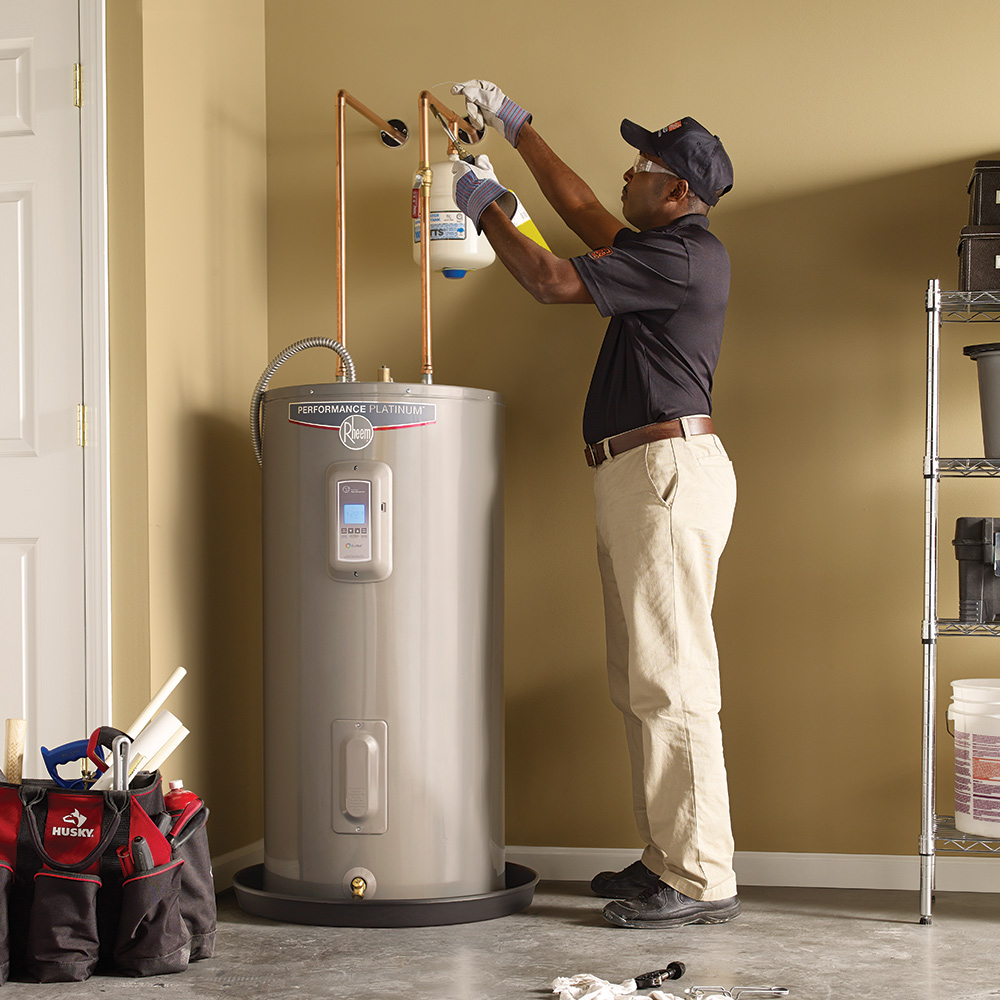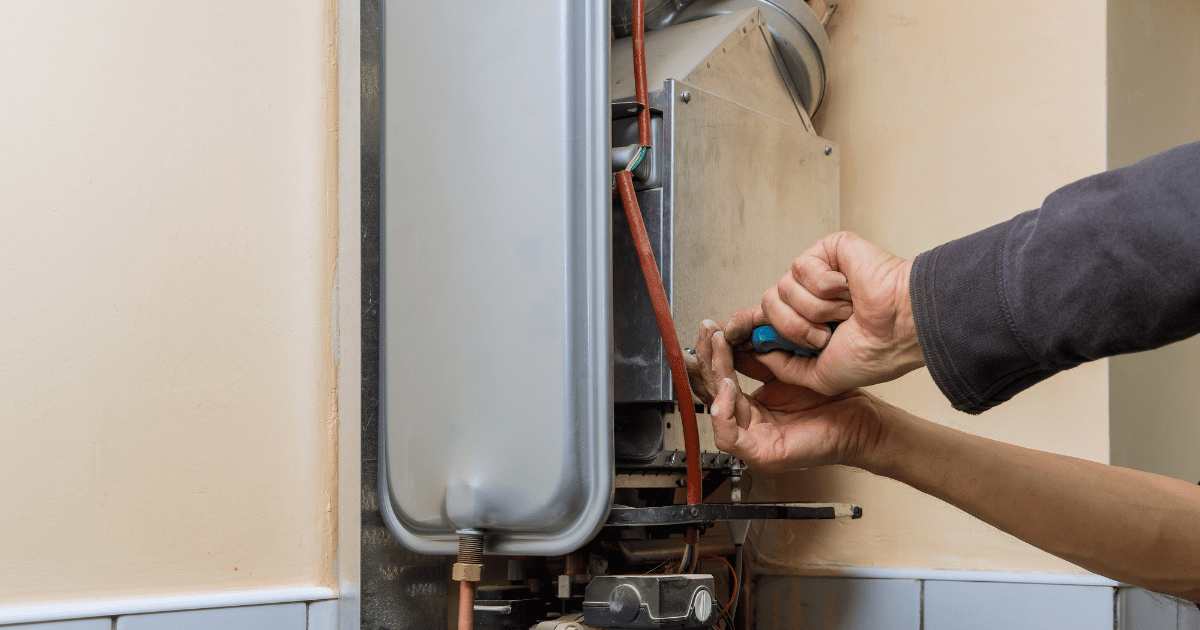Are you trying to find guidance about How to Maintain a Hot Water Heater in a Few Simple Steps?

Hot water is vital for everyday convenience, whether it's for a rejuvenating shower or cleaning recipes. To ensure your hot water system runs effectively and lasts longer, routine maintenance is crucial. This write-up offers practical ideas and insights on exactly how to keep your home's hot water system to stay clear of interruptions and expensive repair work.
Intro
Maintaining your home's warm water system might appear daunting, however with a few easy actions, you can guarantee it runs efficiently for several years to find. This guide covers whatever from understanding your warm water system to DIY upkeep ideas and understanding when to contact professional aid.
Importance of Maintaining Your Hot Water System
Routine upkeep not just extends the life-span of your hot water system yet likewise ensures it runs efficiently. Ignoring upkeep can result in lowered efficiency, greater energy bills, and also premature failure of the system.
Indications Your Hot Water System Needs Maintenance
Understanding when your hot water system needs focus can prevent significant concerns. Look out for indicators such as inconsistent water temperature, weird noises from the heating system, or corroded water.
Comprehending Your Warm Water System
Prior to diving right into upkeep tasks, it's practical to comprehend the standard parts of your warm water system. Typically, this includes the water heater itself, pipes, anode rods, and temperature controls.
Regular Monthly Maintenance Tasks
Routine monthly checks can help capture minor concerns before they intensify.
Purging the Hot Water Heater
Purging your hot water heater gets rid of debris build-up, boosting performance and lengthening its life.
Monitoring and Changing Anode Rods
Anode rods avoid rust inside the tank. Examining and replacing them when broken is essential.
Inspecting and Adjusting Temperature Level Setups
Changing the temperature settings makes certain optimum efficiency and security.
DIY Tips for Maintenance
You can execute a number of maintenance tasks on your own to maintain your hot water system in top problem.
Checking for Leaks
Routinely inspect pipelines and connections for leaks, as these can bring about water damage and greater costs.
Evaluating Pressure Alleviation Valves
Checking the pressure safety valve guarantees it works correctly and prevents too much pressure buildup.
Protecting Pipelines
Shielding hot water pipelines reduces heat loss and can conserve energy.
When to Call a Specialist
While DIY upkeep is valuable, some problems require expert competence.
Complex Concerns Requiring Specialist Aid
Examples consist of major leakages, electrical troubles, or if your water heater is continually underperforming.
Routine Expert Upkeep Perks
Specialist maintenance can consist of comprehensive examinations, tune-ups, and making certain compliance with safety and security requirements.
Conclusion
Routine maintenance of your home's hot water system is vital for effectiveness, long life, and cost financial savings. By following these suggestions and knowing when to seek specialist help, you can make sure a reliable supply of hot water without unanticipated disruptions.
Water Heater Maintenance Tips
Test the TPR Valve
Shut off the power and the cold-water supply valve. Place a bucket under the pipe connected to the temperature-pressure-release (TPR) valve on the top or side of the tank. (This valve opens if the tank pressure gets too high.) Lift the valve’s tab to let some water out, then let go. If water keeps flowing, drain the tank partway, unscrew the old valve with a pipe wrench, and install a new one. Check the Anode Rod
Put a hose to the tank’s drain cock and let out a few gallons of water. Now fit a 1 1/16-inch socket onto the rod’s hex head on top of the heater (or under its top plate) and unscrew the rod. If it’s less than ½ inch thick or coated with calcium, buy a new one, wrap its threads with Teflon tape, put it back in the tank, and tighten securely. Use this segmented rod if headroom above the tank is limited. Drain the Tank and Wash Out Sediment
Drain the remaining water in the tank into the bucket, then stir up the sediment on the tank’s bottom by briefly opening the cold-water supply valve. Drain and repeat until clean water comes out of the hose. Close the drain cock, refill the tank, and turn its power back on. Adjust the Temperature
Find the temperature dial on the side of the tank and unscrew its cover. Adjust the dial to 120 degrees using a flathead screwdriver. For every 10 degrees the temperature is lowered, you can expect to save up to 5 percent in energy costs. Turn the water heater off or the thermostat down to its lowest setting if you plan to be away from home for more than three days. Insulate the Pipes
Buy some self-sticking 3/8-inch-thick foam pipe insulation that matches the pipes’ diameter. Slide the foam over the hot-and cold-water pipes as far as you can reach. Insulating the cold-water pipe prevents condensation in summer. Peel the tape and squeeze the insulation closed. If the pipe is 6 inches or less from the flue, cover it with 1-inch-thick unfaced fiberglass pipe wrap. https://www.thisoldhouse.com/plumbing/21016402/how-to-maintain-a-water-heater

Hopefully you enjoyed our article about How to Maintain a Hot Water Heater in a Few Simple Steps. Thanks a lot for taking the time to read through our blog. If you liked our article please be sure to pass it around. We truly appreciate your readership.
Schedule A Free Estimate